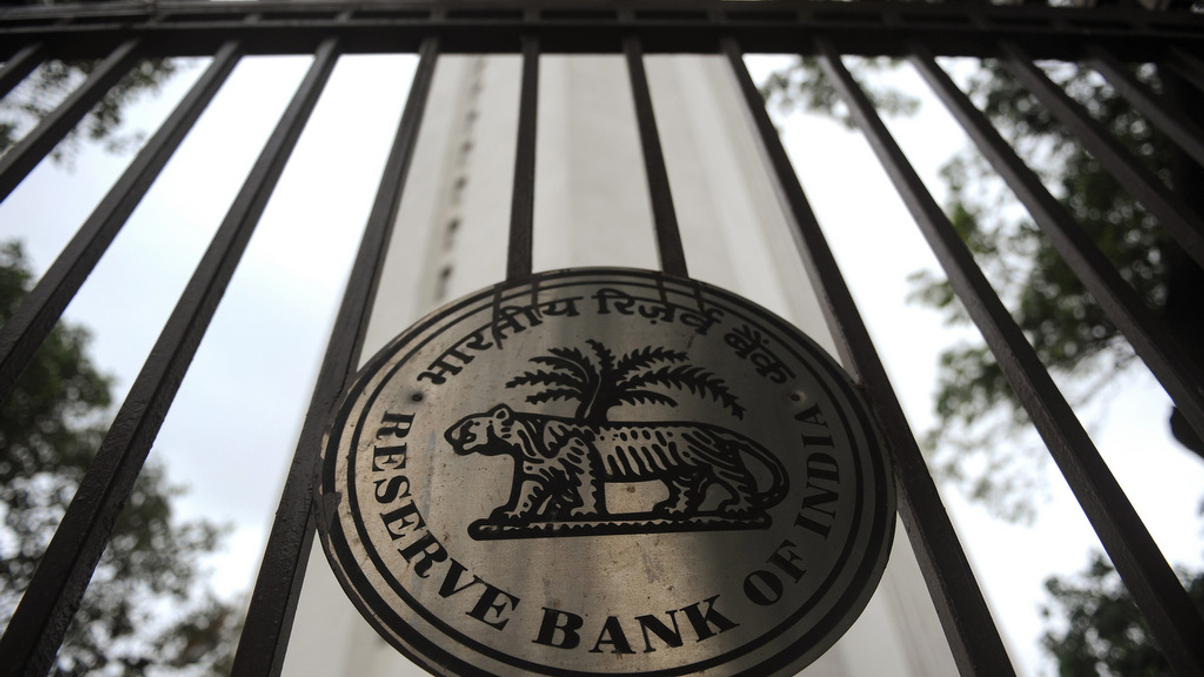RBI action raises alarm for Indian funds industry
Liquidity tightening by the central bank has caused negative NAVs for bond funds across the yield curve. Heavy redemptions could cause problems, but hope remains.

Alarm bells are ringing once again for India’s funds industry following liquidity tightening by the central bank to prop up a weakening rupee and rein in a sprawling current account deficit.
Sign in to read on!
Registered users get 2 free articles in 30 days.
Subscribers have full unlimited access to AsianInvestor
Not signed up? New users get 2 free articles per month, plus a 7-day unlimited free trial.
¬ Haymarket Media Limited. All rights reserved.


